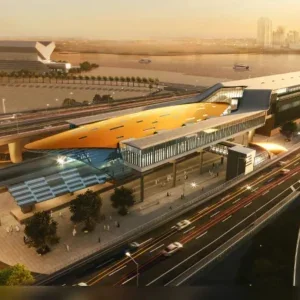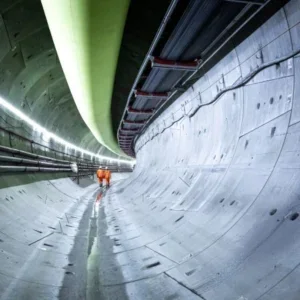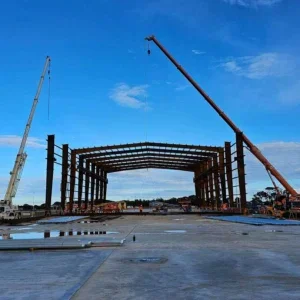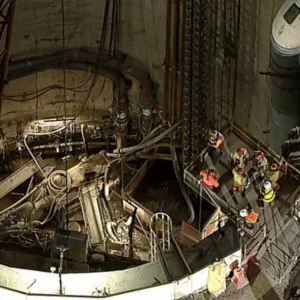The ambition of Canadian capital Ottawa to develop a world-class mass transit system took a step forward on April 15 with the announcement of a Can$4 billion preferred scheme that includes a 1.5-mile (2.5km) long downtown light rail transit (LRT) tunnel.
The recommendation to the municipal Joint Transportation and Transit Committee followed an extensive period evaluating four possible options. Further review will now take place and funding options will follow later.
All four options include a downtown tunnel, but the estimated price varies from Can$555 million to Can$1,032 million.
Option 1 was a bus-based solution; Option 2 was based on buses with a north-south LRT component; Option 3 had an east-west LRT variant; Option 4 serviced east-west, with north-south LRT. Options 3 and 4 saw the tunnel serving an LRT only and had the lowest projected price tag of Can$555 million. The Option 1 tunnel cost was Can$780 million and the mixed bus and LRT required for Option 2 was costed at Can$1,032 million.
The downtown tunnel saw strong support throughout the recently completed public consultation. An LRT solution was preferred throughout the city, with majority support for Option 4, some support for Option 3 and virtually no support for Options 1 and 2.
Option 4 was felt to give the greatest benefit and value to the city. It offered the lowest annual operating costs, would produce the lowest emissions, the lowest salt use and the lowest noise and vibration. It also had the highest property value and offered best overall image for the city.
This option also offered the highest potential for increased success, capacity for growth beyond 2031, and most direct rail connections between key destinations.
T&TNA was told that plans were at an early stage, but the LRT system would feature twin tunnels with a diameter of 21ft (6.4m). Driven through rock, the tunnel would follow an alignment approximately 56ft (17m) below the surface downtown.
A spokesman for the city said current plans assumed opening within six years to allow for planning, environmental assessments, design and construction – subject to funding availability. n







